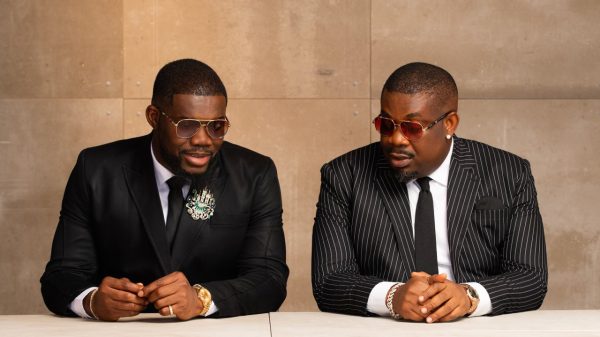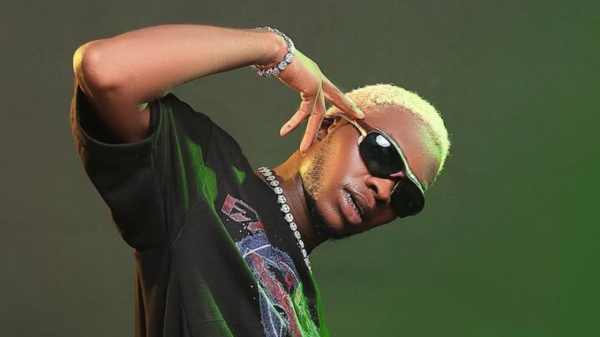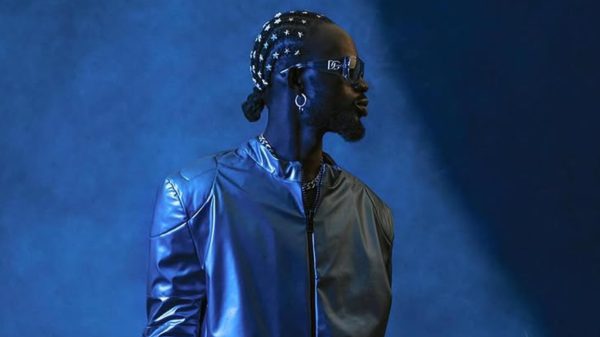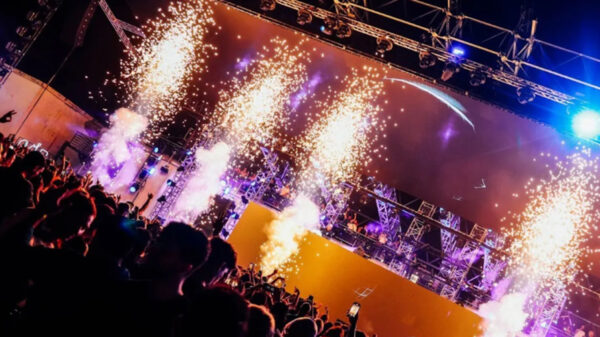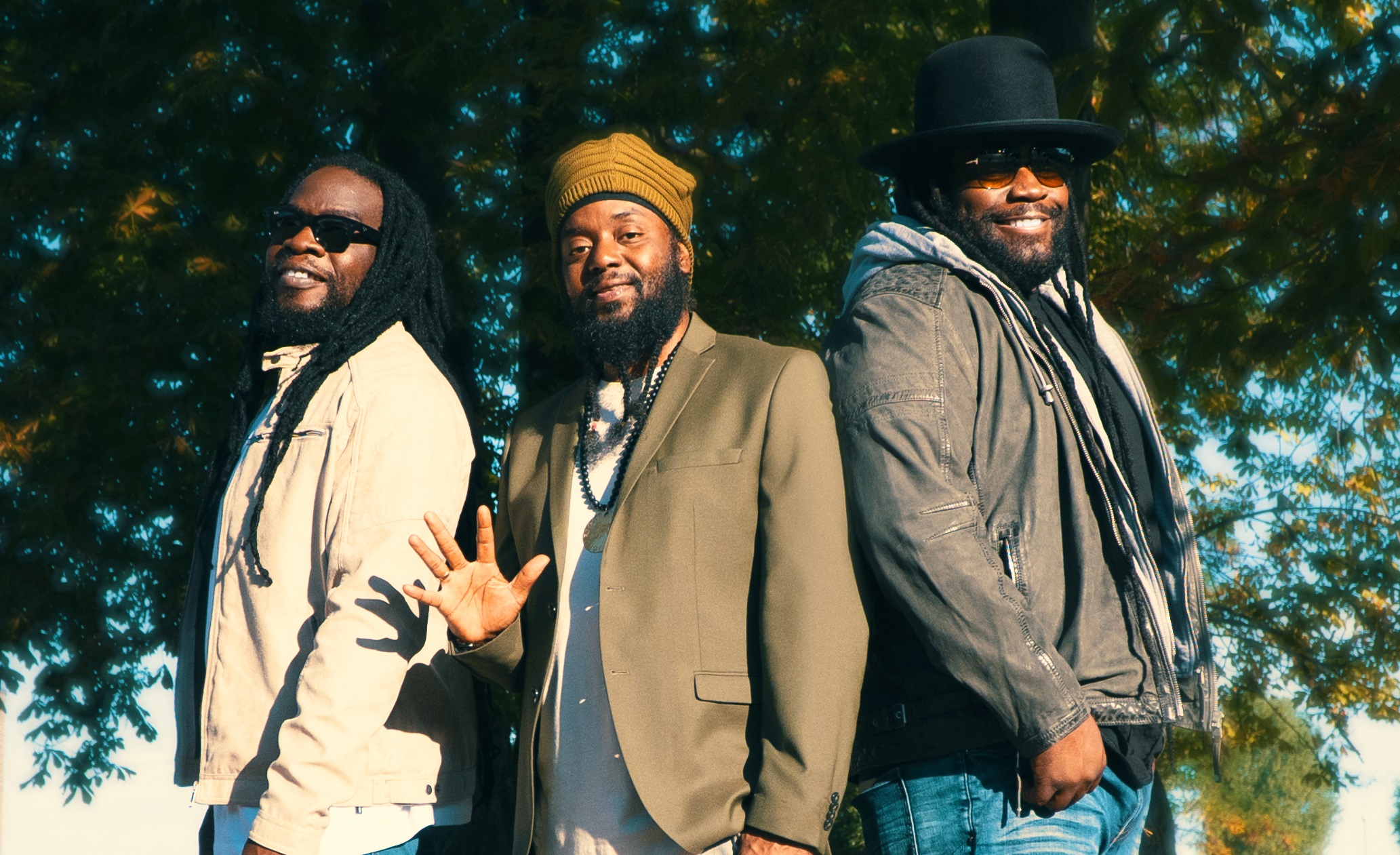Highlife music, a defining genre of Ghana’s rich cultural landscape, has evolved in tandem with the nation’s history, reflecting both its triumphs and struggles.
Emerging during a period of colonialism and political unrest, Highlife has been shaped by the complex interplay of indigenous traditions and foreign influences, making it a unique musical expression. Despite the challenges faced, artists like Nana Ampadu and Osibisa have propelled the genre forward, ensuring its survival and relevance in contemporary times.
Highlife’s roots are deeply embedded in the diverse cultural traditions of Ghana, particularly in the northern and southern regions. In the north, the genre was influenced by the cultural exchanges brought about by the migration of various ethnic groups during the Songhai and Mali empires. Meanwhile, in the south, the music developed with a more internal focus, serving as a source of pleasure and cultural identity for the Ashanti people. This blend of northern spiritual traditions and southern folk music laid the groundwork for what would eventually become known as Highlife.
The genre began to take shape in the early 20th century, during a time of increased European presence on the Gold Coast. The influence of European hymns, shanties, and military marches merged with traditional African sounds, leading to the creation of a new musical style. The Ashanti people’s resistance against British colonial rule, particularly during the War of the Golden Stool, further contributed to the genre’s development, as music became a subtle yet powerful form of protest and cultural expression. Highlife was thus born out of a desire for freedom and a need to maintain cultural identity under colonial rule.
As Ghana gained independence in 1957, Highlife continued to evolve, becoming a tool for nation-building under the newly formed Socialist government. The genre gained international recognition, with artists like Osibisa taking Highlife to global audiences. However, the economic hardships of the 1970s prevented the genre from becoming overly commercialized, allowing it to remain a genuine expression of the Ghanaian experience. Even as new styles like Hiplife emerged, Highlife has retained its appeal, with traditional artists like Koo Nimo preserving its legacy and ensuring its place in Ghana’s cultural history.


